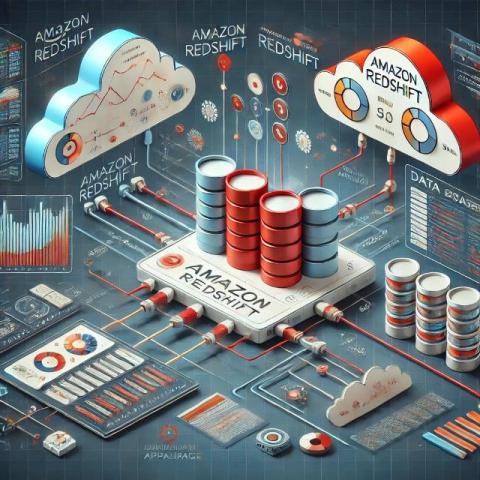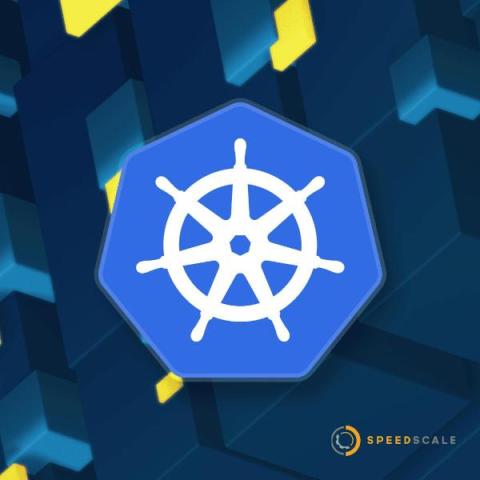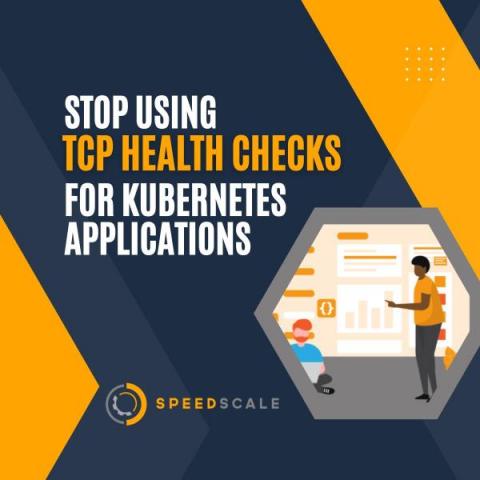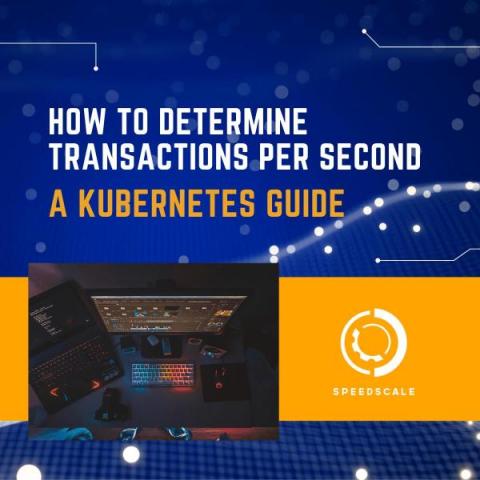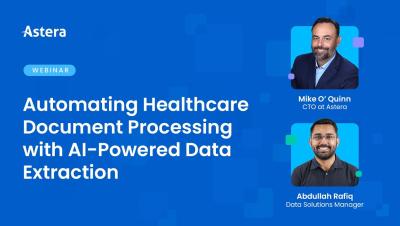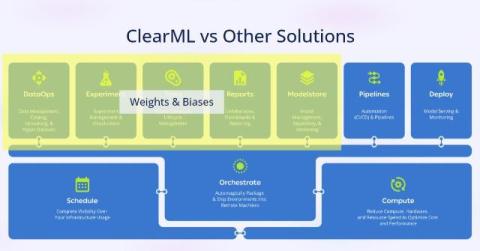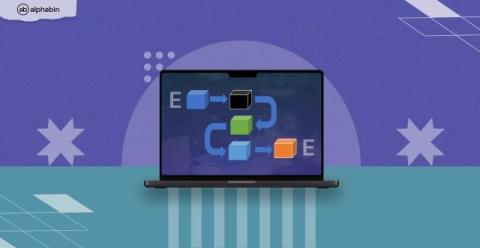Unleashing the Power of Amazon Redshift Analytics
Table of Contents Amazon Redshift has become one of the most popular data warehousing solutions due to its scalability, speed, and cost-effectiveness. As the data landscape continues to evolve, businesses are generating and data processing increasingly large datasets. Efficient analysis of these datasets is essential to making informed, data-driven decisions. Amazon Redshift allows companies to extract meaningful insights from vast amounts of structured and semi-structured data.


